The USA has always been a pioneer in the energy sector. From the dawn of industrialization to the current era of energy transition, the U.S. has made significant contributions. These contributions have greatly shaped the Energy landscape.
In the energy industry, this pioneering spirit is best seen in figures like Benjamin Franklin and Thomas Edison. They each have driven advancements that have revolutionized our homes and entire industries.
As we explore these ten intriguing facts about America’s energy history, we see a story of continuous innovation. From the first hydropower plant on the Fox River to the solar dominance of California, these milestones reflect the nation’s relentless pursuit of progress.
Why the USA?
As we approach the 4th of July, it’s fitting to reflect on the nation’s history of innovation, particularly in the field of energy. These historical facts not only serve as a testament to past achievements but also as a catalyst for future possibilities. They remind us of the spirit of innovation and progress that the 4th of July embodies.
10 lesser known facts about energy in the USA
1. Benjamin Franklin and Electricity:
We start off with one of the USA’s most beloved founding fathers, who is often miscredited for discovering electricity. While Benjamin Franklin didn’t discover electricity, his famous kite experiment in 1752 proved that lightning is a form of electricity. This groundbreaking discovery laid the foundation for many of the electrical technologies we use today. Benjamin Franklin’s role as a scientist, leading through his skeptical spirit and reliance on empiric evidence, also reflected in his contributions as a Founding Father.
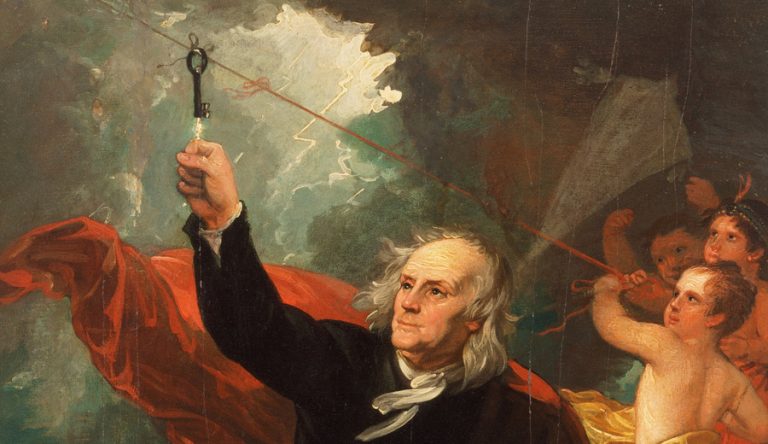
2. First Hydropower Plant
The first hydropower plant in the USA was built on the Fox River in Appleton, Wisconsin, in 1882. This type of small, experimental hydropower plant was however first constructed in England. The first large-scale hydropower plant in the world was later established at Niagara Falls. Harnessing the power of falling water to generate electricity was previously thought impossible at a large scale.
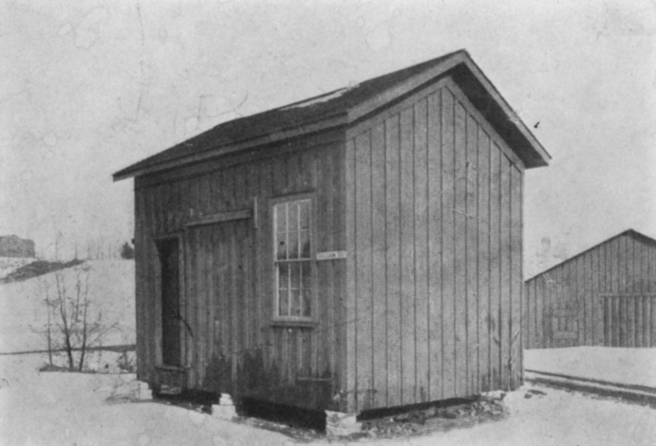
3. Statue of Liberty
In 1886, the Statue of Liberty, a symbol of freedom and democracy, became the first U.S. lighthouse to use electricity. This technological advancement significantly improved the lighthouse’s visibility and reliability, and turned it into one of the most recognizable American symbols of today. Some argue that without electrification, the landmark would not have been so memorable for the immigrants reaching New York.
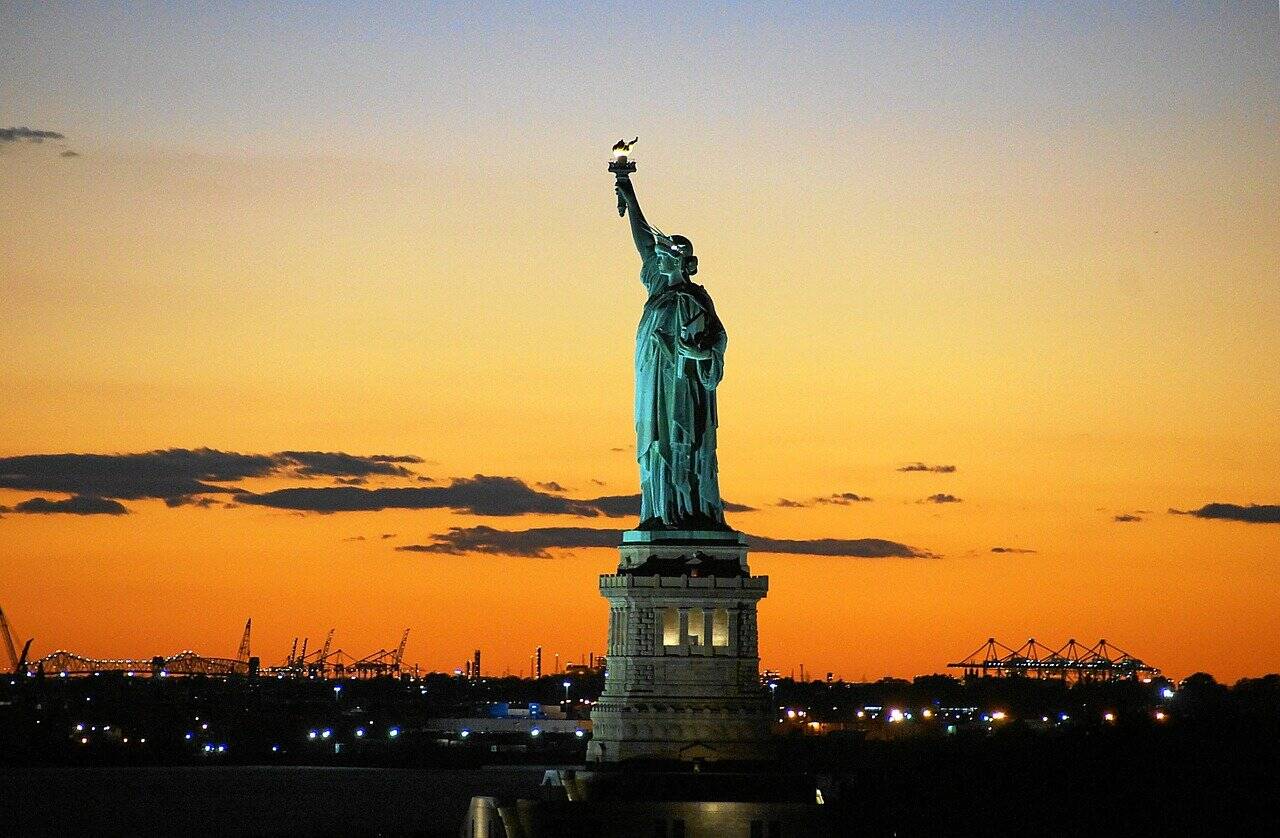
4. Brooklyn Bridge
On it’s inauguration, the iconic Brooklyn Bridge was, and still is, a symbol of human ingenuity and resilience. It’s also the first bridge in the USA to be powered by electricity, by being illuminated during nighttime. It had it’s own power station on the Brooklyn side of the river. This innovation enhanced the bridge’s safety and functionality, particularly during nighttime hours.
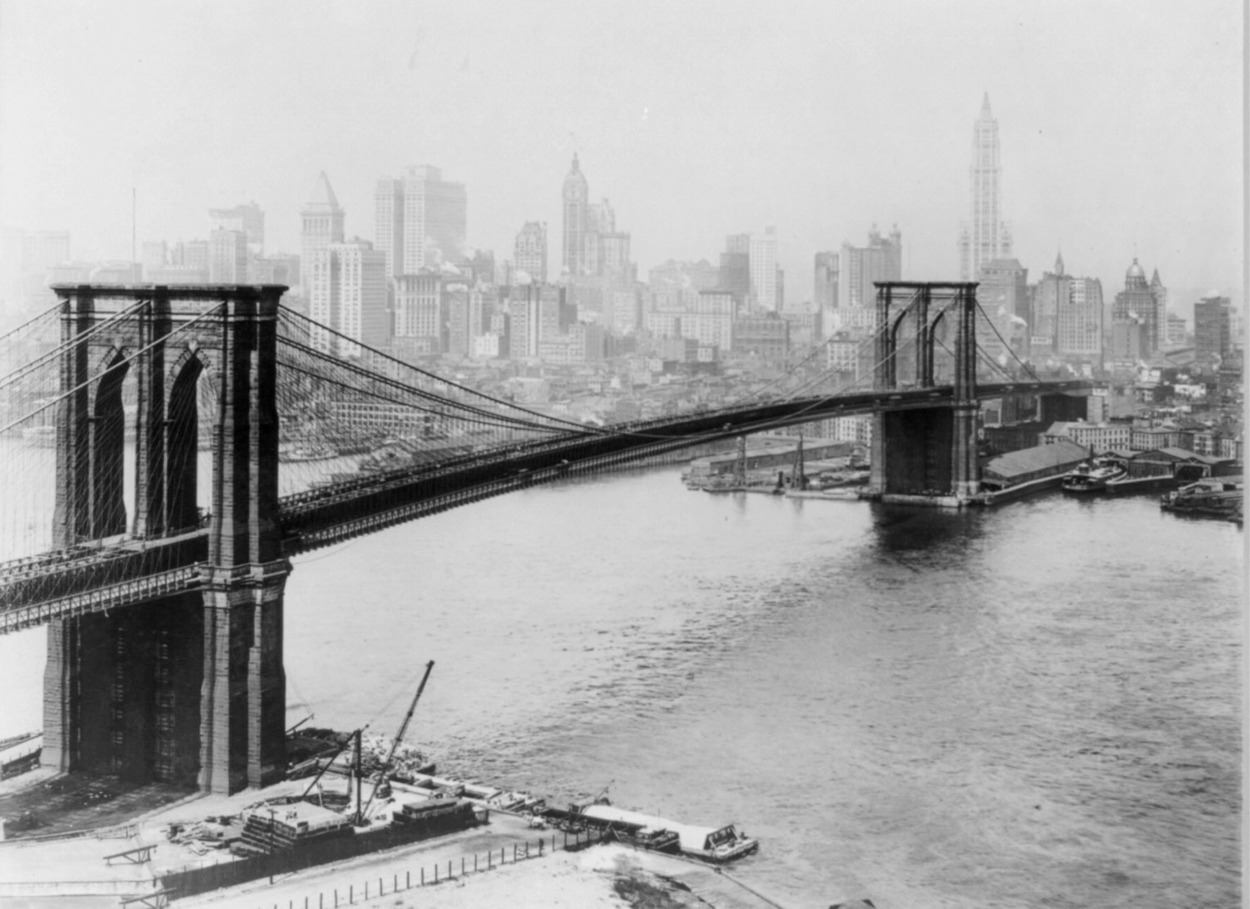
5. Invention of Electric Cars
While electric cars may seem like a new, cutting edge technology, the concept of electric cars dates back to 1832. It took engineers until 1890 however to build the first successful electric car. Despite their early invention, electric cars have only recently become a viable alternative to gasoline-powered vehicles, thanks to advancements in battery technology. Recent modern cars have improved power storage methods, which enables the electric car to be viable.
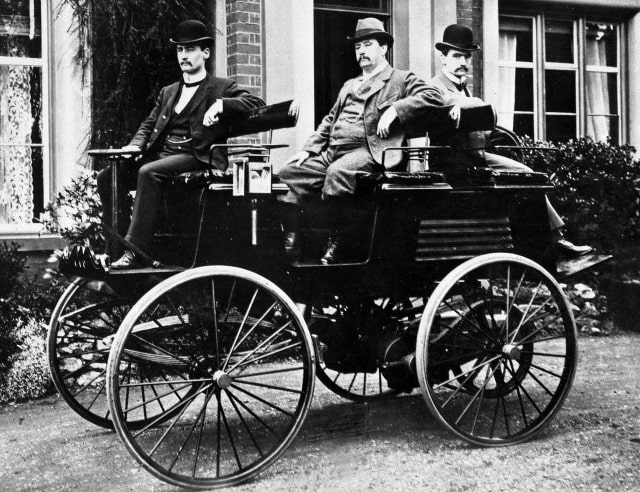
6. Investment of the U.S. in Renewables
In 2014, the U.S. invested $51.8 billion in clean energy, the second-highest amount globally. Since 2007, the country has invested over $386 billion (enough to build thousands of coal-powered plants) in renewable energy sources, demonstrating a strong commitment to the energy transition.
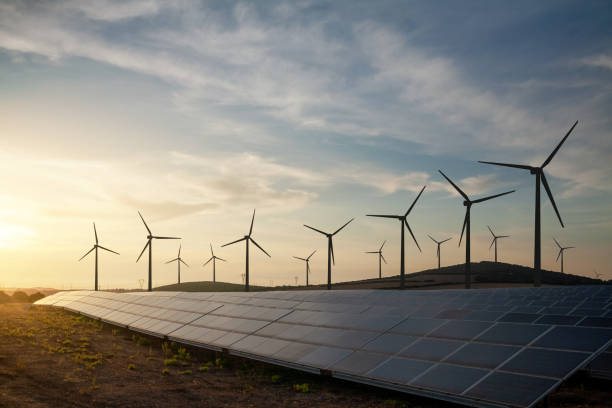
7. Wind Turbine Power
A single wind turbine can generate enough electricity to power up to 920 American homes. This fact underscores the potential of wind energy as a clean, renewable and most importantly viable power source for America. Furthermore, the per capita consumption of electricity in America has been going down in the past 20 years. This means that in the future, wind generated electricity will power even more American homes.
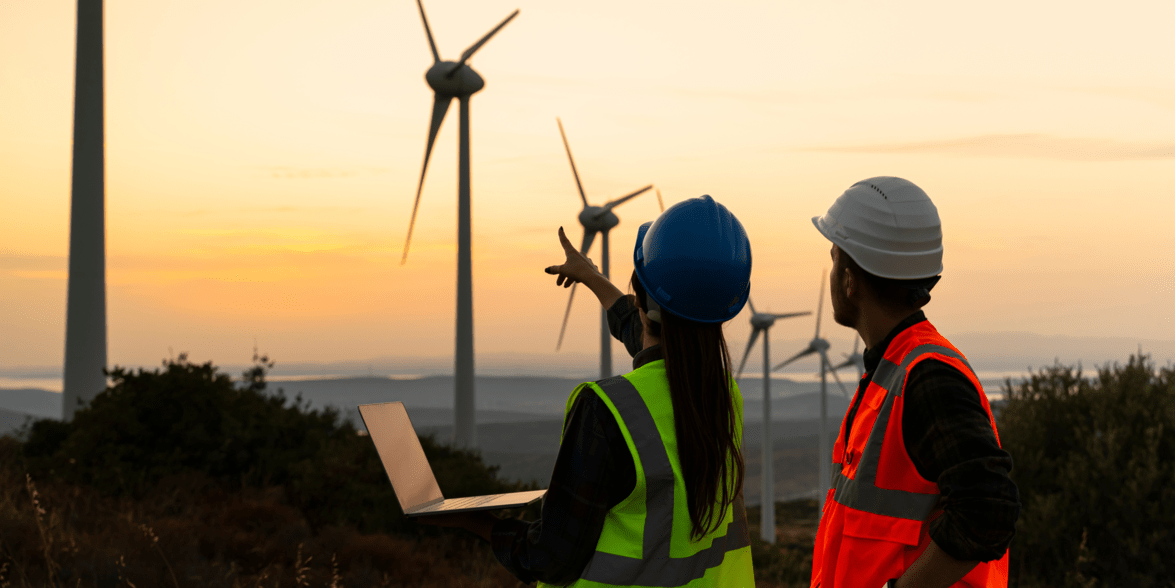
8. Energy Waste in Homes
The average American household wastes approximately $150 per year due to energy lost through holes and cracks in their homes. This fact goes to show the importance of energy efficiency and proper home insulation.
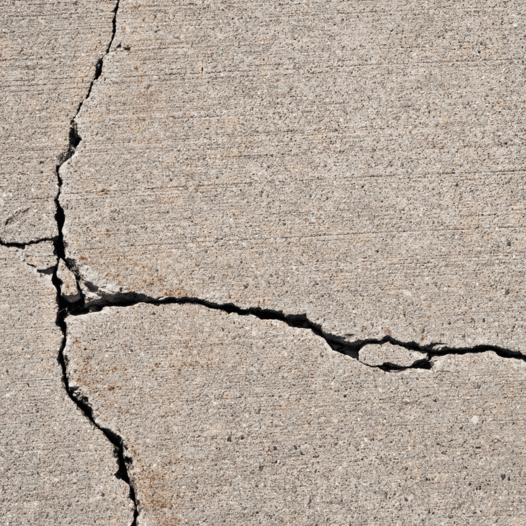
9. Solar Power in California
California leads the nation in solar power generation, producing more electricity from solar energy than all other U.S. states combined. It even produces more than all the solar power generated in the EU. This is largely due to the state’s sunny climate and strong commitment to renewable energy.
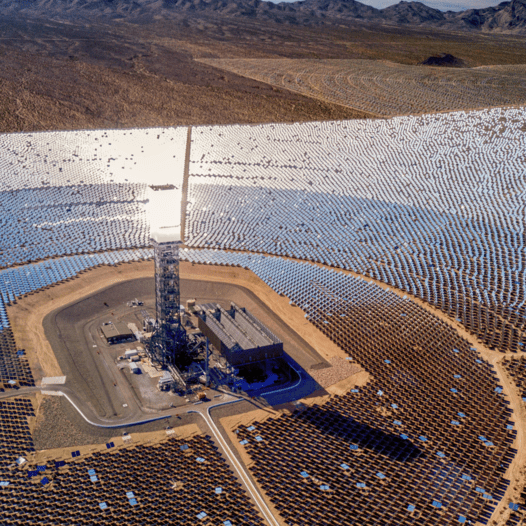
10. Alaska's Microgrids
Alaska is home to over 200 remote microgrids, many of which are powered by renewable energy sources like wind and hydro. These microgrids provide essential electricity to remote communities, demonstrating the versatility and potential of renewable energy systems in remote conditions. These microgrids could pave the way for optimizing current American power grids.
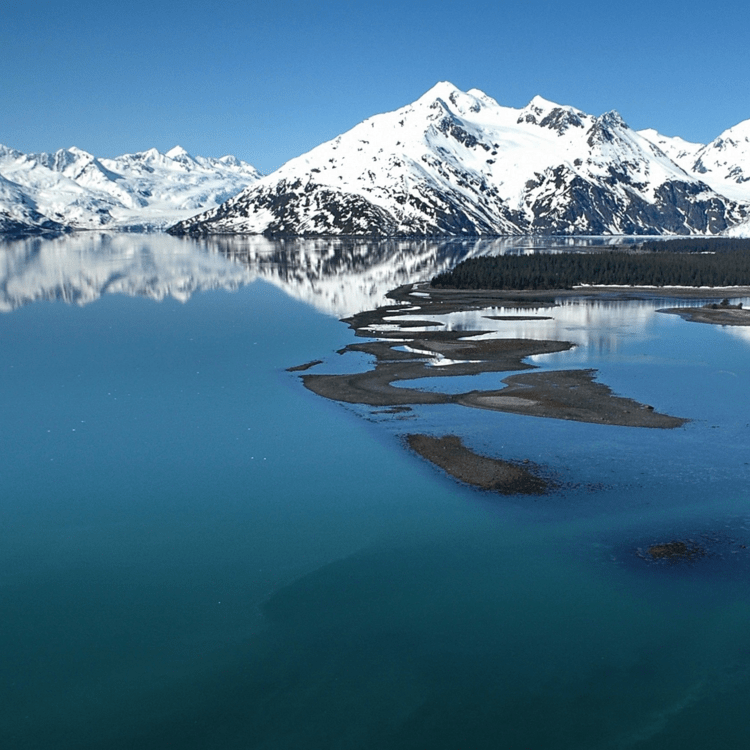
Conclusion
To conclude, the history of energy innovation in the U.S. serves as a powerful reminder of the potential for progress. The American spirit of collective ingenuity will never cease to amaze. As we celebrate the 4th of July, we are committed to continuing this legacy of innovation. We seek to drive the energy transition forward, and contribute to a sustainable future for all. This reflection on our shared history underscores our commitment to the future, making it a fitting tribute as we approach this important national holiday.
Reference list
Alaska Microgrid Group | Local know-how. Global solutions. (n.d.). AMG. https://www.alaskamicrogrid.org/
California Energy Commission. (n.d.). 2021 Total System Electric Generation. https://www.energy.ca.gov/data-reports/energy-almanac/california-electricity-data/2021-total-system-electric-generation
Ethw. (2015, December 31). Milestones:Vulcan Street Plant, 1882 – Engineering and Technology History Wiki. ETHW. https://ethw.org/Milestones:Vulcan_Street_Plant,_1882
ISPT – Institute for Sustainable Process Technology. (2023, May 23). Electric Cracking: future-proof solution. ISPT. https://ispt.eu/programs/electric-cracking/
Seven who shaped our destiny; the Founding Fathers as revolutionaries : Morris, Richard B. (Richard Brandon), 1904-1989 : Free Download, Borrow, and Streaming : Internet Archive. (1973). Internet Archive. https://archive.org/details/sevenwhoshapedou00morr/page/n15/mode/2up
South Florida Reporter. (2018). In 1886 The Statue Of Liberty Became The First US Lighthouse To Use Electricity. South Florida Reporter. https://southfloridareporter.com/in-1886-the-statue-of-liberty-became-the-first-us-lighthouse-to-use-electricity/
The Brooklyn Bridge as the Eight Wonder of the World. (n.d.). NYC Walks. https://nycwalks.com/blog/the-brooklyn-bridge-as-the-eight-wonder-of-the-world/
Timeline: History of the Electric Car. (n.d.). Energy.gov. https://www.energy.gov/timeline-history-electric-car
U.S. No. 2 to China in Clean Energy Investments in 2014 | Climate Central. (n.d.). https://www.climatecentral.org/news/u.s.-renewable-investments-climb-18638



